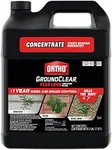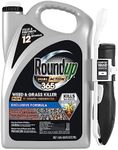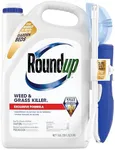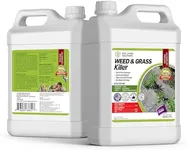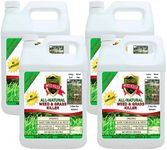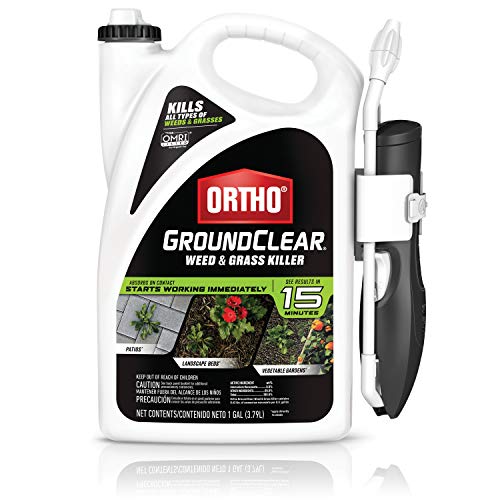Buying Guide for the Best Safe Weed Killer
Choosing a safe weed killer involves understanding the different types of weed killers available and how they work. It's important to consider the safety of the product for humans, pets, and the environment. Additionally, you should think about the specific needs of your garden or lawn, such as the types of weeds you are dealing with and the area you need to treat. By focusing on key specifications, you can find a weed killer that is both effective and safe for your situation.Active IngredientsThe active ingredients in a weed killer determine how it works and its safety profile. Organic or natural ingredients, such as vinegar or corn gluten meal, are generally safer for humans, pets, and the environment. Chemical ingredients, like glyphosate, can be more effective but may pose health risks. If you have children or pets, or if you are concerned about environmental impact, opt for products with natural active ingredients. For tougher weeds, you might need a chemical-based product, but use it with caution and follow all safety instructions.
SelectivitySelectivity refers to whether the weed killer targets specific types of plants or all plants. Selective weed killers are designed to target specific weeds without harming desired plants, making them ideal for lawns and gardens where you want to preserve other vegetation. Non-selective weed killers will kill any plant they come into contact with, which is useful for clearing areas completely but requires careful application to avoid damaging other plants. Choose a selective weed killer if you need to protect your lawn or garden plants, and a non-selective one for areas where you want to remove all vegetation.
Application MethodThe application method of a weed killer can affect its ease of use and effectiveness. Common methods include sprays, granules, and concentrates. Sprays are easy to apply and good for spot treatments, while granules are useful for larger areas and provide longer-lasting control. Concentrates need to be mixed with water and can be more economical for large areas but require careful handling. Consider the size of the area you need to treat and your comfort level with different application methods when choosing a product.
Residual EffectsResidual effects refer to how long the weed killer remains active in the soil after application. Some products break down quickly and are safe to use around other plants soon after application, while others can remain active for months and prevent any plant growth in the treated area. If you need to replant or use the area soon after treatment, choose a product with minimal residual effects. For long-term weed control in areas where you don't plan to grow anything, a product with longer residual effects may be more effective.
RainfastnessRainfastness is the ability of a weed killer to remain effective after it rains. Some products need a certain amount of time to dry and become rainfast, while others are designed to be rainfast almost immediately. If you live in an area with frequent rain or need to apply the product during the rainy season, choose a weed killer with good rainfastness to ensure it remains effective even if it rains shortly after application.
